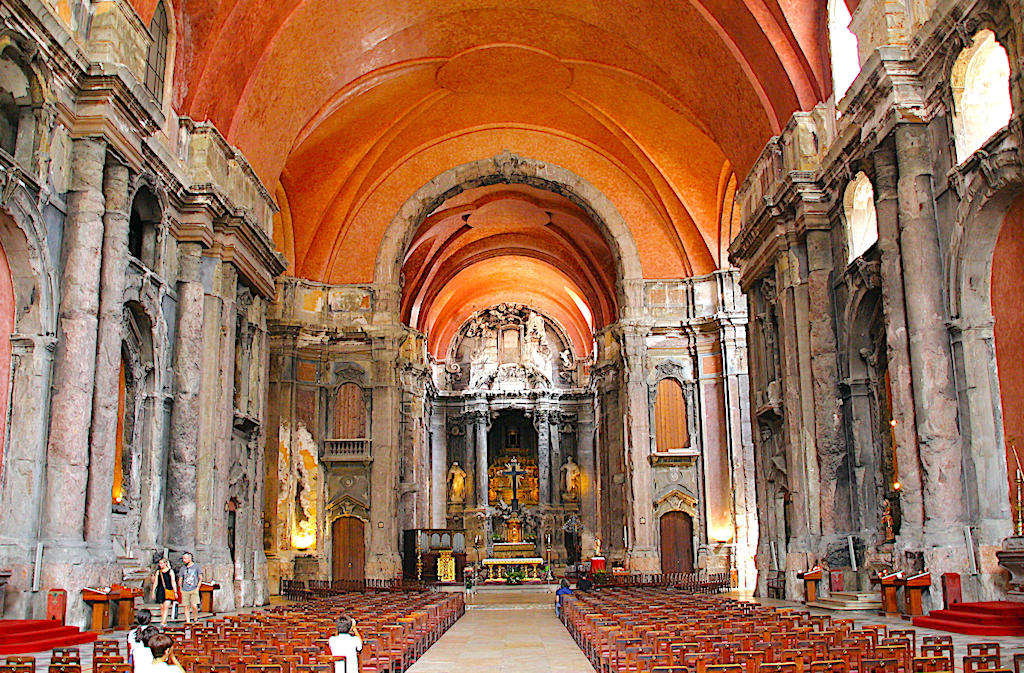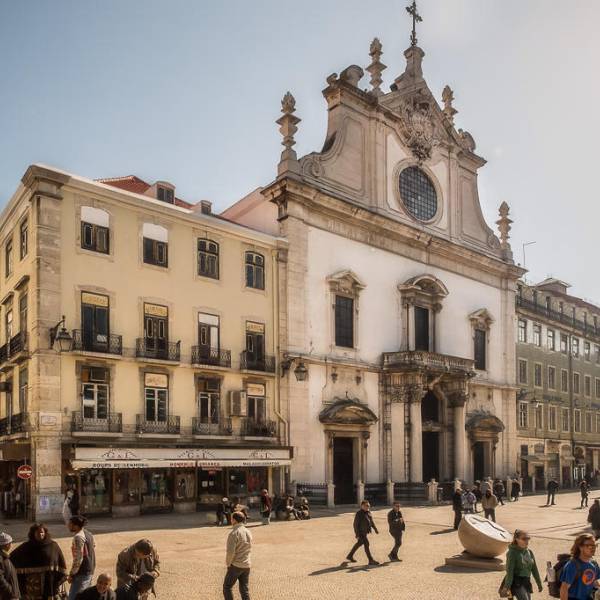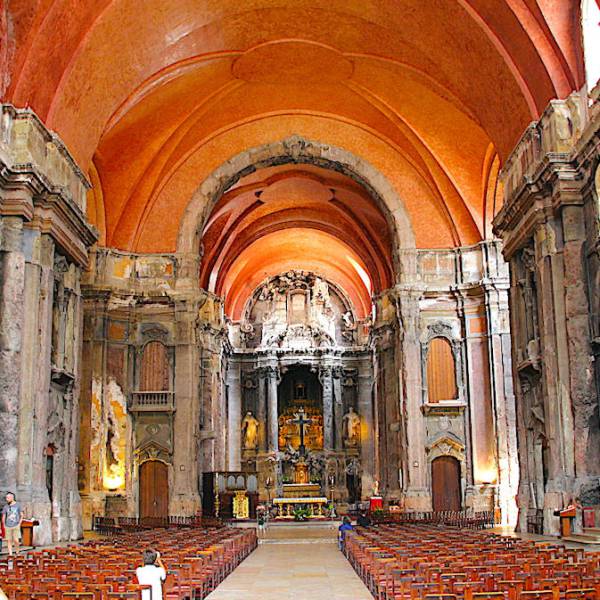Throughout its history, Church of St. Dominic has witnessed significant events that have shaped Lisbon's cultural and religious landscape. It was enlarged by King Afonso III and further expanded by King Manuel I. However, one of the darkest moments associated with the church is the Lisbon Massacre of 1506, which began within its walls. Despite facing destruction from the earthquake of 1531, the church managed to survive, thanks to the contributions of faithful believers, religious congregations, including the Society of Jesus, and financial support from the king.
The architectural style of Igreja de São Domingos is predominantly Baroque, reflecting the artistic trends of the time. The skilled hands of renowned architects, including João Frederico Ludovice and Carlos Mardel, left their mark on the church's structure. The reconstruction efforts aimed to preserve the original design, particularly the magnificent black marble main chapel, adorned with delicately carved medallions on the columns.
Upon entering the church, visitors are greeted by a grandeur that evokes a sense of awe. The interior features a single nave, exuding majesty and splendor. Despite the devastation caused by the 1755 earthquake and subsequent fire, which destroyed precious gilded altars, valuable statues, and paintings by Pedro Alexandrino de Carvalho, the church's beauty perseveres. The restoration works carried out after the fire in 1959 ensured that Church of St. Dominic reopened to the public in 1994, with its unique marbled polychrome columns proudly displaying the scars of its tumultuous past.
Church of St. Dominic is not only renowned for its architectural magnificence but also for its treasured relics and artifacts. Among the notable possessions housed within the church is the half of the handkerchief used by Sister Lúcia on October 13, 1917, during the famous apparitions of Our Lady of Fátima. The other half of the handkerchief can be found in the Sanctuary of Our Lady of Fátima (Santuário de Nossa Senhora do Rosário de Fátima) in Fátima itself. Additionally, visitors can admire the rosary used by Saint Jacinta Marto on the same historic day.
Lisbon.vip Recommends
For tourists visiting Lisbon, Igreja de São Domingos offers a captivating glimpse into the city's religious and architectural heritage. Its central location in the vibrant Baixa Pombalina district makes it easily accessible for exploration. Stepping inside, visitors are transported to a bygone era, surrounded by the grandeur of baroque architecture, exquisite marble columns, and an atmosphere steeped in history.
Whether one seeks spiritual solace, historical insights, or architectural marvels, Church of St. Dominic promises a memorable experience. From the moment visitors set foot in this magnificent place of worship, they embark on a journey that intertwines faith, art, and history, leaving an indelible mark on their hearts and minds.
As you plan your visit to Lisbon, make sure to include Church of St. Dominic on your itinerary. It is a testament to the city's rich cultural heritage and offers a unique perspective on its religious past. Explore the grandeur of this architectural marvel, witness its remarkable treasures, and immerse yourself in the captivating stories that unfold within its sacred walls. Church of St. Dominic is waiting to be discovered, promising an unforgettable experience for every tourist seeking to unravel the hidden gems of Lisbon's history.
Map View





